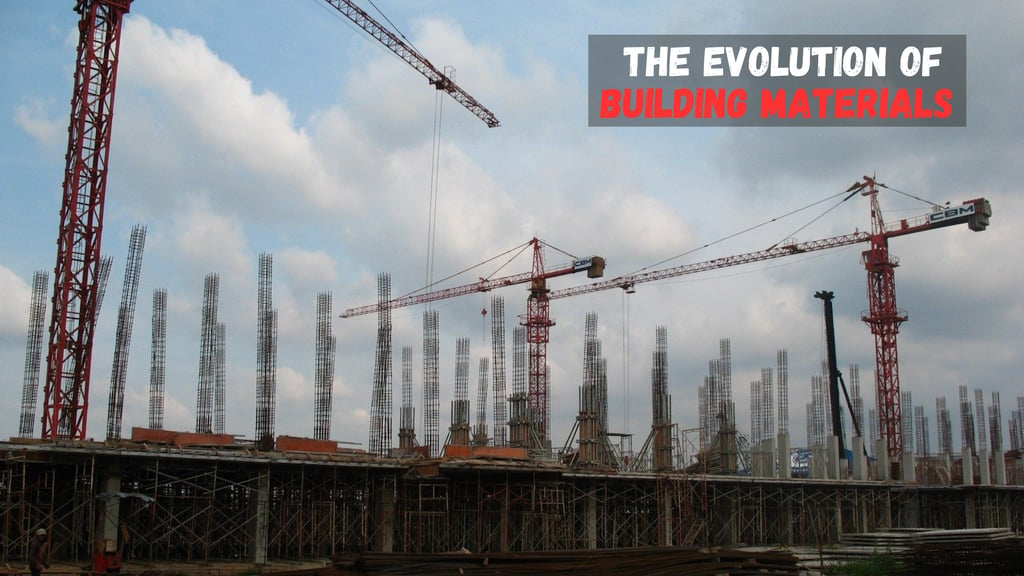How does the choice of building material influence the quality, sustainability, and resilience of modern structures?
BUILDING MATERIAL


Constructing any kind of structure, be it a house, an office building, or an infrastructure, requires careful consideration of various factors. One of the most important decisions to be made is the choice of building materials. The right materials not only ensure quality and longevity, but also have an impact on sustainability, energy efficiency, and the overall appearance of the structure. This manual provides an overview of different types of building materials, their characteristics, and their appropriate use.
Traditional Building Materials:
Wood:
Wood is a versatile and beautiful building material that is commonly used for framing, flooring, joinery, and finishing materials in both residential and commercial construction, bringing warmth and natural beauty into the play.
Brick:
Since ancient times, brick has been known for its resilience and versatility in construction. It offers superior insulation, and fire resistance, and can be customized to suit different climates.
Stone:
Stone is a durable and low-maintenance option for premium projects, although it may be pricier than other materials. Its strength and unique appearance make it a popular choice, ranging from granite to limestone.
Modern Building Materials:
Concrete:
Concrete is a popular building material due to its durability, adaptability, and cost-effectiveness. It can be molded into various shapes and finishes, such as bulwarks and plinths.
Steel:
Steel is a durable and eco-friendly material commonly used for building structures and bridges due to its high strength-to-weight ratio and recyclability.
Glass:
Due to the advances in technology, glass has evolved beyond being a simple transparent barrier. Nowadays, it has many applications in modern architecture. It can provide a lot of natural light, make an aesthetic look, and improve energy efficiency.
Sustainable Building Materials:
Bamboo:
As a fast-growing renewable resource, bamboo is becoming a popular and sustainable alternative to traditional wood. It is lightweight, durable, and flexible, making it suitable for a variety of applications including flooring, decking, and structural elements.
Recycled Materials:
Taking advantage of recycled steel and concrete, reclaimed wood and glass can be used as construction materials, resulting in less waste and a more sustainable environment.
Green Insulation:
Some fibers, such as fiberglass, can harm the environment, while eco-friendly alternatives like cellulose, wool, and used denim are non-toxic and durable.
Innovative Building Materials:
Aerogel:
Aerogel, the lightest solid on Earth, is an excellent insulator, making it perfect for energy-efficient buildings and infrastructure
3D-Printed Materials:
Thanks to advances in additive manufacturing, construction materials like cement are being 3D-printed, which is changing the way things are built. Prototyping time has shortened and customization has become easier.
Self-Healing Concrete:
Engineers are developing concrete mixtures that can self-heal cracks, extending the lifespan of structures and reducing maintenance costs.
Conclusion:
Choosing the right building materials is an ongoing process that involves balancing functionality, aesthetics, and sustainability. Builders and architects must consider factors such as energy consumption, efficiency, longevity, and environmental impact when deciding between traditional materials like wood and brick and newer options like aerogel and 3D printed materials. By staying up to date on the latest materials and technologies, we can create a more resilient and eco-friendly built environment that will benefit future generations.
